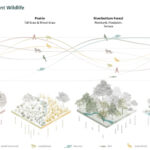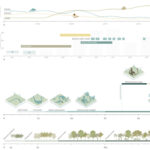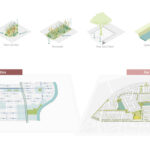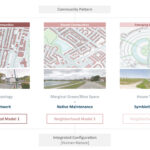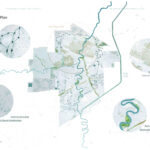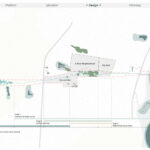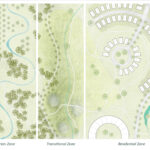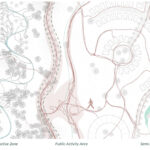Embrace the flood
Introducing a Symbiotic Lifestyle:
Designing Resilient and Livable Landscapes in Winnipeg by Integrating
Nature-Based Solutions into the Urban Water System
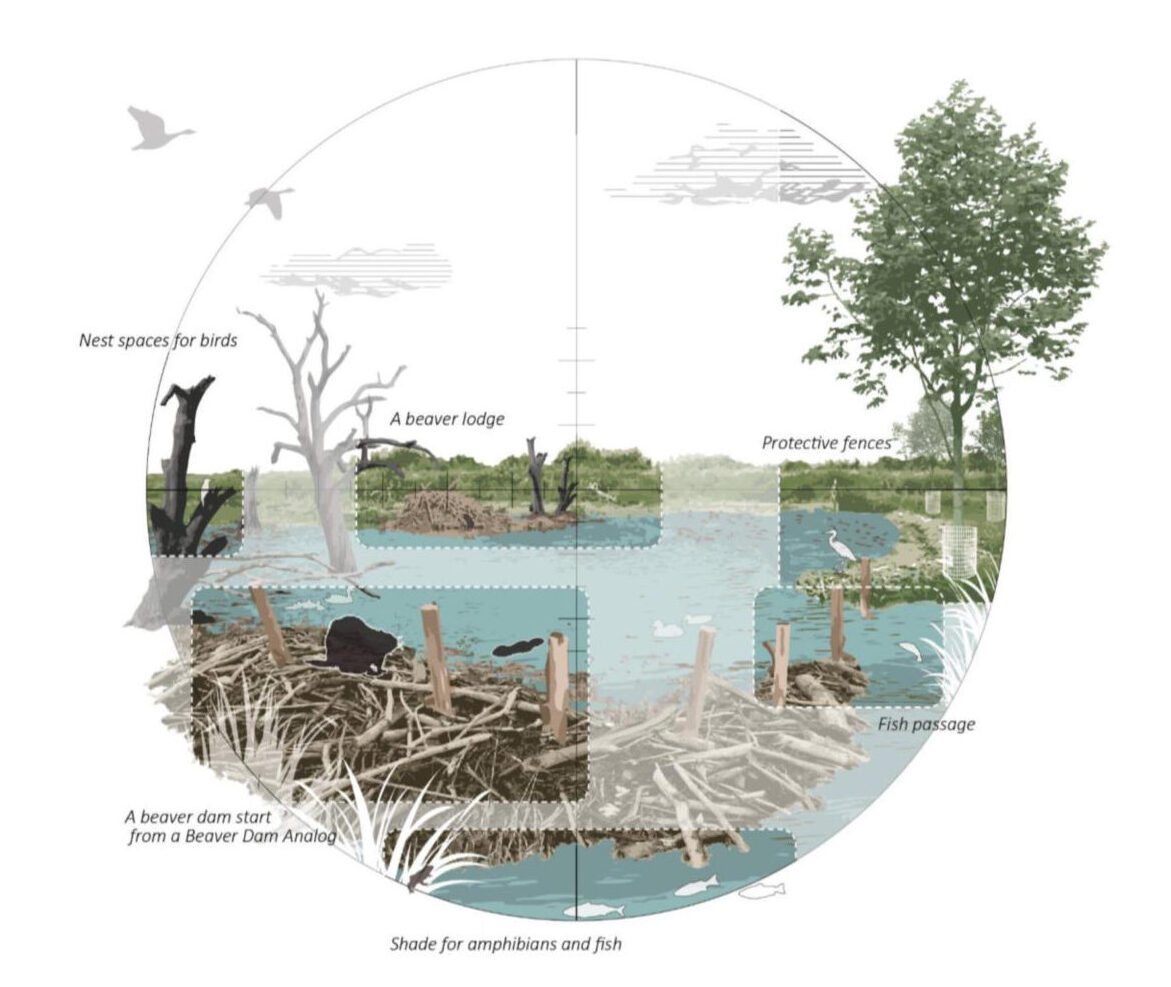
The current urban development in Winnepeg patterns, characterized by increased impervious surfaces and altered hydrological flows, have resulted in frequent and severe flooding events. These flood risks are further compounded by the changing climatic conditions and the limited availability of suitable land for expansion. Conversely, the growing population’s increasing demand for housing, infrastructure, and economic development is putting pressure on the existing land, pushing development into unplanned areas.
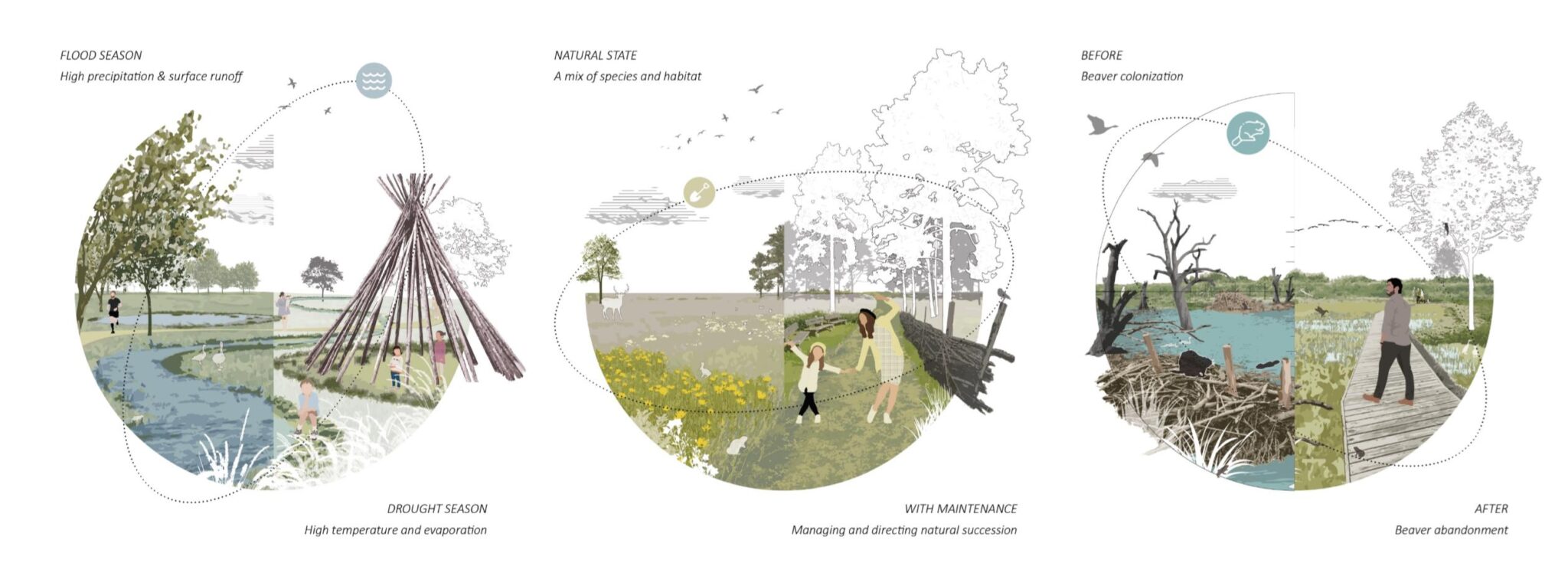
Author
Chang Sun
Location
Winnipeg, Canda
Mentors
Dr.ir. Nico Tillie
Ir. Kristel Aalbers
Dr.ir. F.A. Veer
Project links
The city Winnipeg, built on the wet prairie, has been threatened by severe flooding for decades. The initial decision to build the city at the confluence of the Red and Assiniboine rivers led to the inevitable consequence of recurrent natural flooding. The floods prompted the provincial government to take a series of flood control structural measures to prevent the city property. However, the waterlogging crisis has still not subsided. During the significant territorial transformations in the last two centuries, the rivers and creeks have been heavily dammed and channelized. The hasty attempt at city development resulted in immediate economic benefits, but at the expense of eliminating the land’s ability to drain water through naturally occurring streams and coulees. Due to environmental impacts on a wider geographical scale, most notably climate change, both floods and droughts are hitting the extremes, which is escalating the challenge on flood management.
One of the main obstacles in this project is to solve the problem of threatening floodwaters and turn the negative impacts into the opportunities for a more sustainable lifestyle. Tracing back to last century, the indigenous peoples of the plains used to share a mutually beneficial living pattern with beavers and other species on the prairies. This coexistence approach towards humans, wildlife and nature deserves an opportunity to be brought back to Winnipeg. Through flood-mitigation measures based on natural processes, the urban hydrologic system is anticipated to move toward sustainable development and provide fairness and reliability to the living environment and urban ecosystems in response to challenges posed by habitat loss, climate change, and emerging conservation issues.
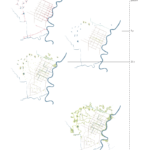
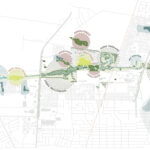
Canada
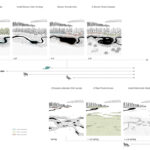
Canada
